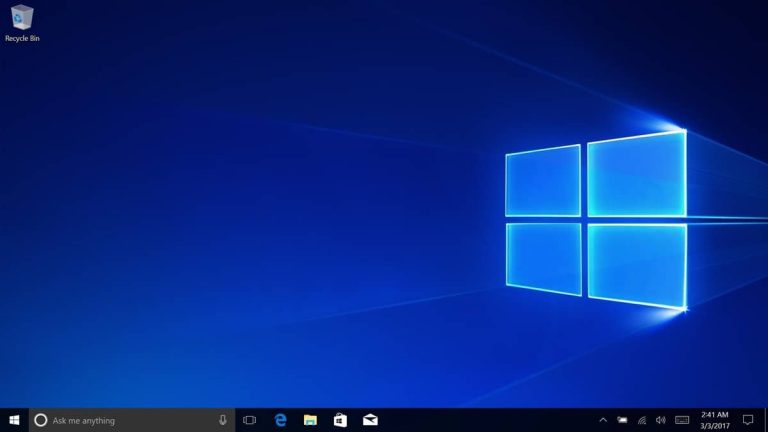Microsoft has just released some new optional updates for older versions of Windows 10 released between 2016 and 2018. The April 2018 Update (or version 1803), is getting the build 17134.915 today, which includes the following improvements and fixes:
- Addresses a performance issue that may occur on some websites that use WebAssembly.
- Addresses an issue that may prevent the personal identification number (PIN) prompt from appearing when authenticating in Internet Explorer.
- Updates time zone information for Brazil.
- Addresses an issue that fails to bypass automatic sign in (Autologon) when you press and hold the Shift key during startup.
- Addresses an issue that prevents the Windows Event Log service from processing notifications that the log is full. This causes issues with some Event Log behaviors such as archiving the log when it reaches a maximum file size and you’ve configured the “Archive the log when full, do not overwrite events” setting. Additionally, the Local Security Authority (LSA) cannot handle CrashOnAuditFail scenarios when the Security Log is full, and events cannot be written.
- Addresses an issue that prevents a system from recognizing a Microsoft account or Azure Active Directory account until the user signs out and signs in again.
- Addresses an issue that may prevent the Netlogon service from establishing a secure channel and reports the error, “0xC000007A – ERROR_PROC_NOT_FOUND.”
- Addresses an issue that fails to update the PIN policy (minimum length, required digits and special characters, etc.) for Windows Hello for Business when a PIN already exists on the machine.
- Addresses an issue that may sometimes cause systems that have Trusted Platform Module (TPM) devices to stop working.
- Addresses an issue that may cause authentication to fail when using Windows Hello for Business on a server running Windows Server 2016 with the Server Core option installed.
- Addresses an issue that causes a device to stop working because of a race condition between stream tear down and sync root disconnect.
- Addresses an issue that causes applications that use windows.storage.dll to stop working and displays ExceptionCode c0000005 (Access violation) when the process closes.
- Reinforces the Certificate Revocation List (CRL) on Internet Key Exchange version 2 (IKEv2) machines for certificate-based virtual private network (VPN) connections, such as Device Tunnel, in an Always On VPN deployment.
- Improves performance for Server Message Block (SMB) clients that have directories that contain more than 500,000 files.
- Addresses an issue that prevents Microsoft Application Virtualization (App-V) scripting from working if you run it when you’re not connected to a domain controller (DC). App-V scripting also fails when you run it in an environment that only contains Microsoft Azure Active Directory.
- Addresses an issue with opening or using the Window-Eyes screen reader application that may result in an error and prevent some features from functioning as expected.
- Addresses an issue that may fail to keep App permissions settings when you select Keep my files after selecting Reset this PC.
- Addresses an issue that may cause a cluster node to lose membership in a cluster and cause all its workloads to fail over. This issue may occur when a cluster node creates a Live Dump.
As a reminder, the Windows 10 April 2018 Update will reach end of service on November 12, and Microsoft confirmed today that it has started the process of automatically updating these users to the May 2019 update (or version 1903). This will be a gradual rollout, and Windows 10 Home and Pro edition users will have the ability to pause the update for up to 35 days so they can choose a convenient time.
“Our update rollout process takes into consideration the scale and complexity of the Windows 10 ecosystem, with the many hardware, software, and app configuration options users have, to provide a seamless update experience for all users. We closely monitor update feedback to allow us to prioritize those devices likely to have a good update experience and quickly put safeguards on other devices while we address known issues,” the company explained today.
Older versions of Windows 10 including the Fall Creators Update (version 1709), the Creators Update (version 1703) and the Anniversary Update (version 1607) are also getting new optional patches today. These updates are only available for Windows 10 Enterprise, Education, and IoT Enterprise users, and we invite you to check the different links for the full release notes.


